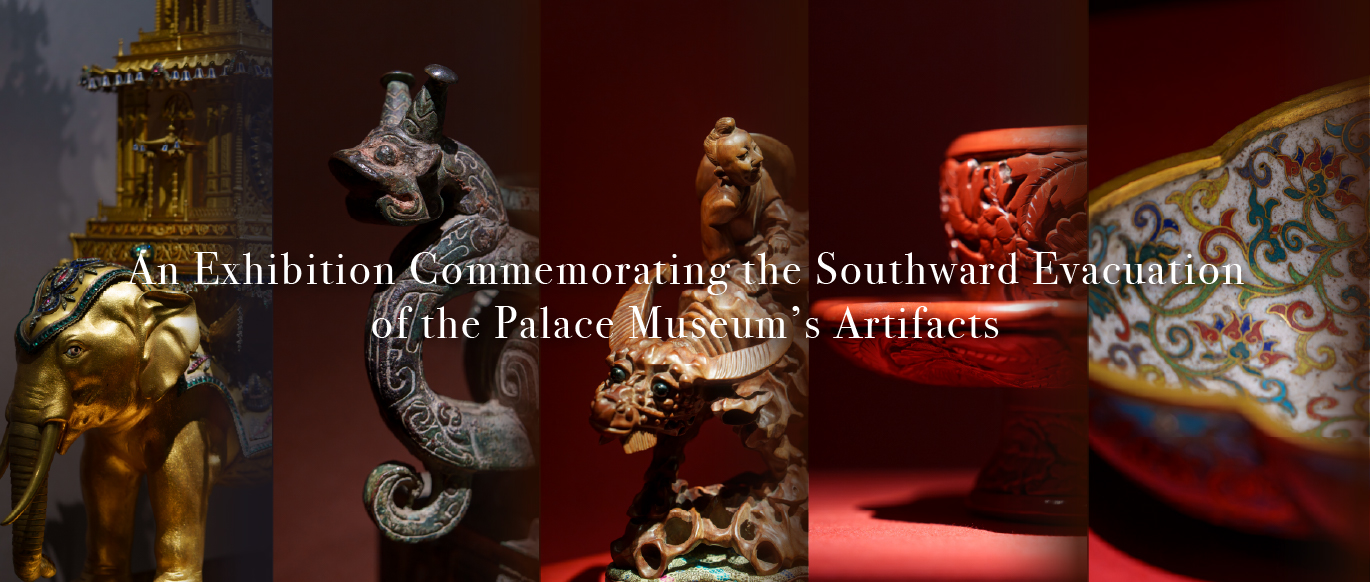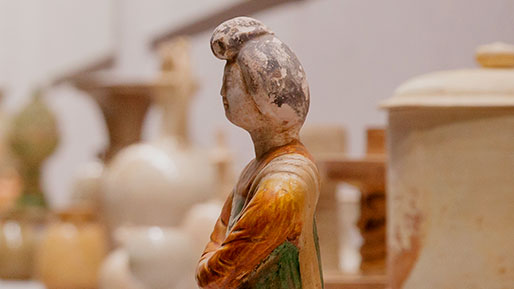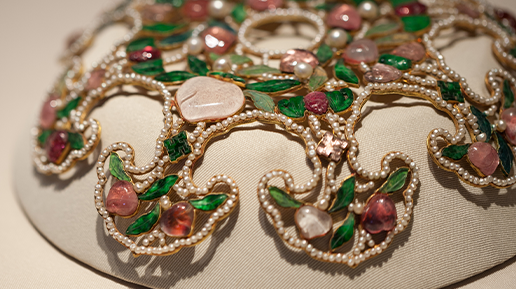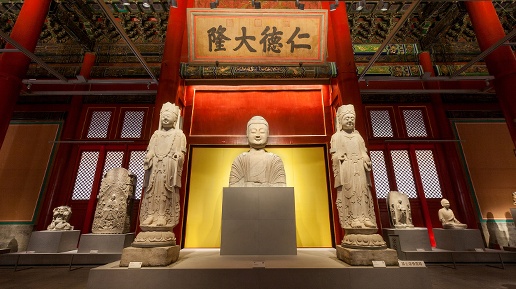
Liangzhu is considered to be a sacred place that showcases an important period in the 5,000 year history of Chinese civilization. The ruins of what was once the thriving capital of Liangzhu—now an archaeological site—are included on the World Heritage List of the United Nations Educational, Scientific, and Cultural Organization. Scholars believe the society of Liangzhu was an early state with social differentiation, a unified belief system, and agriculture as its primary economic support. The bygone culture also shows the importance of the Yangtze River basin in the origin of Chinese civilization.
In comments on Liangzhu, the International Council on Monuments and Sites stated, “The Archaeological Ruins of Liangzhu City, as the centre of power and belief of Liangzhu culture . . . provides unparalleled evidence for concepts of cultural identity, social and political organization, and the development of society and culture in the late Neolithic and early Bronze Age in China and the region.” The Council also noted, “The Archaeological Ruins of Liangzhu . . . represents the great achievement of prehistoric rice-cultivating civilization of China over 5,000 years ago, and is an outstanding example of early urban civilization.”
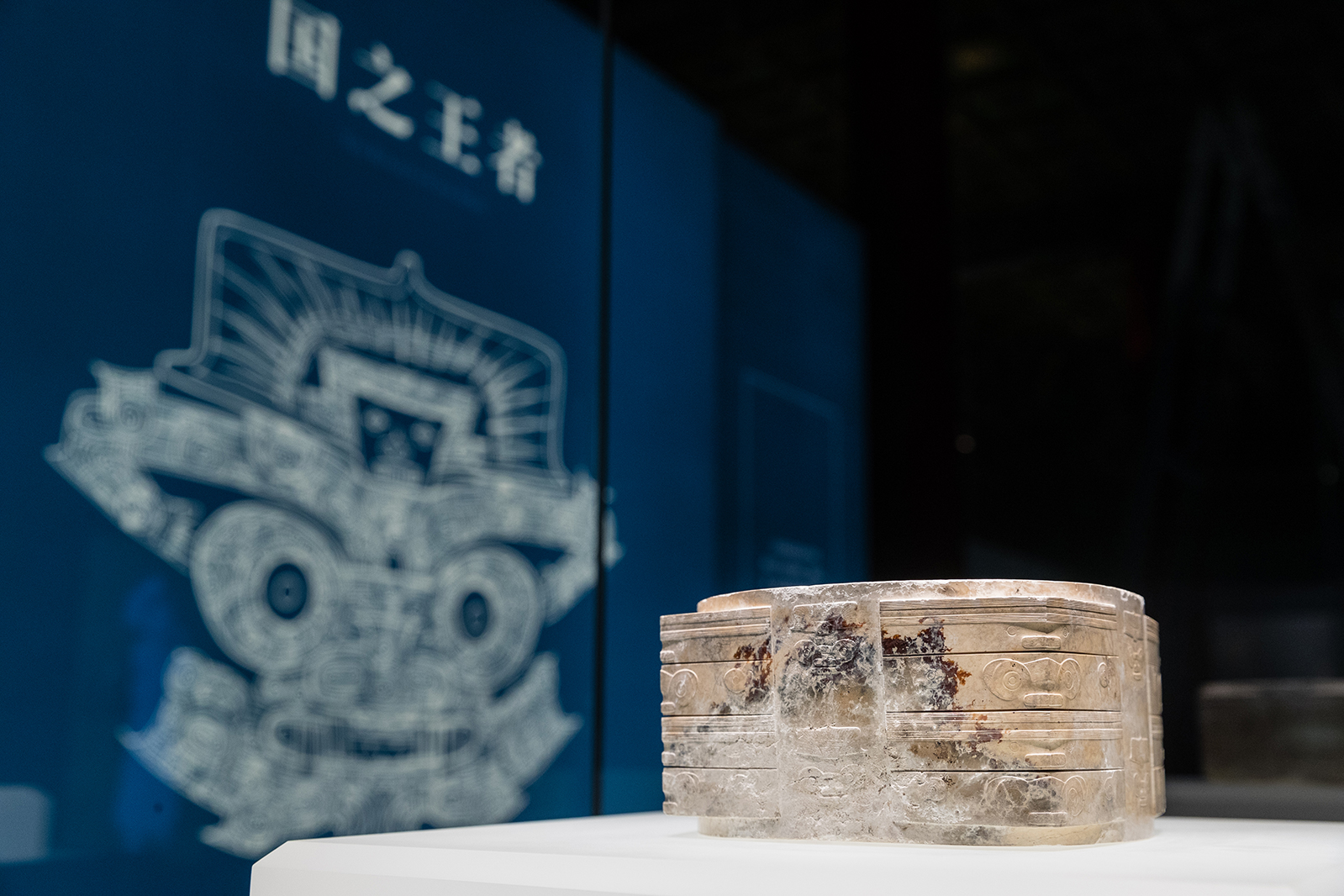
The artisans of Liangzhu crafted articles from jade and inaugurated what would later be known as the apex of prehistoric Chinese jade culture. With uniform images of their gods, the inhabitants established a hierarchical ritual system represented by jade objects such as cong (jade tubes with quadrilateral exteriors), bi (jade disks), and yue (jade axes). The essence of culture contained in Liangzhu jade has been passed down for 5,000 years and has become an important element of the Chinese system of values and spiritual vitality.
As the earliest example of a state in China, Liangzhu society was ruled by divine-kings. The ruler wielded both political and religious authority and was not merely the chieftain of a clan or a minor tribal leader but a hero who defeated the enemies of the community. He was the king who governed his state by providing his subjects with peace and security. Serving as a medium between heaven and earth, he was believed to be the earthly manifestation of a god. The king maintained the privilege of employing jade fashioned into the utmost symbols of power. He wore various combinations of jade as his headdress, held a large jade axe (yue) and regal scepter, and possessed a large jade cong. Meanwhile, the female members of the royal house possessed jade bracelets, various jade ornaments, and jade weaving tools, which reflect the traditional role of women.
The essence of the ritual system embodied in the planning and construction of the Liangzhu capital and the culture’s hierarchical system of jade usage has been absorbed and utilized to varying degrees by later generations. In fact, it has become an important historical precedent for the way in which China has maintained "unity in diversity" over the course of its development.
Liangzhu jade includes a variety of expressive forms of art developed during a formative period of government in China. The class differentiation and spiritual beliefs of the prehistoric society are seen in the strict hierarchical use of jade. As Chinese jade culture developed, traditions associated with revering, gifting, and adoring jade were preserved even as the treasured material and its derivative artforms have been recognized as an essential part of Chinese civilization. The achievements seen in the unparalleled examples of the prehistoric Liangzhu society are a representation of the extraordinary 5,000 year old rice-cultivating civilization of China.
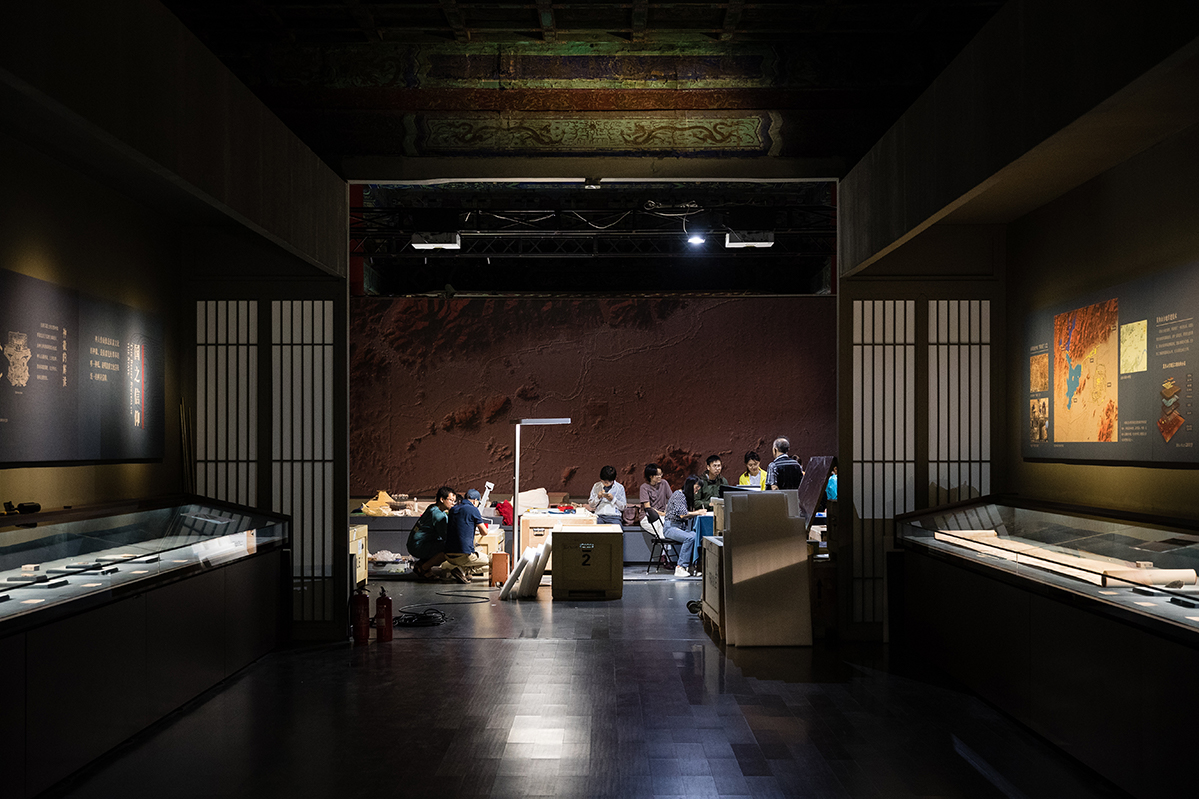
Website version edited by Adam J. Ensign and Zhuang Ying
Liangzhu Jades in the Palace Museum Collection
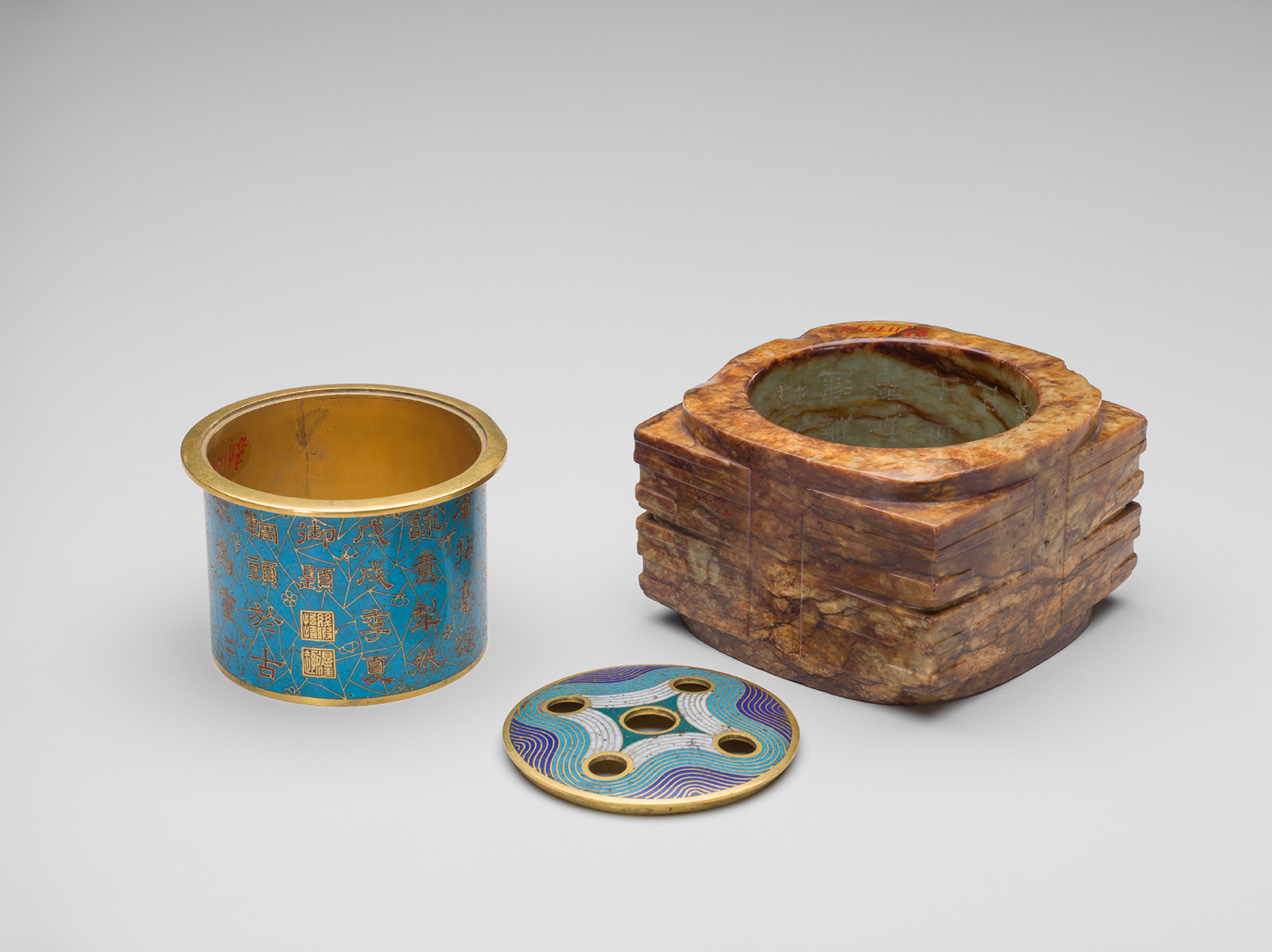
Liangzhu Jade Cong
Archaeologists in China have unearthed more jade artifacts in scientific excavations from among the ruins of the late-Neolithic Liangzhu civilization (ca. 3300–2300 BCE) than any other site. Although the modern discovery, and associated nomenclature, of the Liangzhu culture began in 1936 with work of Shi Xingeng (1911–1939), jade objects had apparently been unearthed in previous periods; otherwise, Song dynasty (960–1279) artisans would not have had inspiration for the creation of ceramics made in the likeness of cong (jade tubes with quadrilateral exteriors). Throughout dynastic history, Liangzhu jades have been preserved in imperial treasuries or private collections, and, at the end of the Qing dynasty (1644–1911), some pieces were taken to various countries where they were, eventually, acquired by museums.
The Palace Museum has approximately sixty works of Liangzhu jade in the following eight major categories: cong (tubes with quadrilateral exteriors), bi (disks), huang (semi-circular ornaments), huan (rings), guan (tubes), conical or awl-shaped objects (zhuixing qi), variously-shaped objects (yixing qi), and axe-shaped objects (yuexing qi). The jade tubes (yuguan) are primarily crafted in the cong style; although, some have a smooth, plain exterior. Many of the Museum’s works are some of the finest examples of Liangzhu jade craftmanship. With most belonging originally to the Qing court, some even have inscriptions personally written by the Qianlong Emperor (r. 1736–1795).
The Qianlong Emperor was enthusiastic about collecting jades—a trait rarely seen in Chinese emperors. Not only personally engaged in directing the production of jade articles, he even authenticated pieces for the palace treasury. Some of the prehistoric jades in the Museum’s collection were altered to serve as incense burners or vases for floral arrangements, which show the familiarity people had with these objects. Nonetheless, Qing connoisseurs did not understand the nature, or antiquity, of a jade cong. Calling it a gangtou (or kangtou, roughly meaning ‘carrier’ or ‘shoulder-carrying piece’) and wangtou (approximately indicating a component of a wheel-rim), even the Qianlong Emperor mistook a cong as an ornament for the yoke of a man-drawn carriage and dated it to the Han dynasty (206 BCE – 220 CE). Only after the excavations of 1973 at Mount Caoxie in Suzhou, Jiangsu Province, did scholars come to understand the jade cong originated 5,000 years before present in the Liangzhu culture.
Translated and edited by Adam J. Ensign and Zhuang Ying





